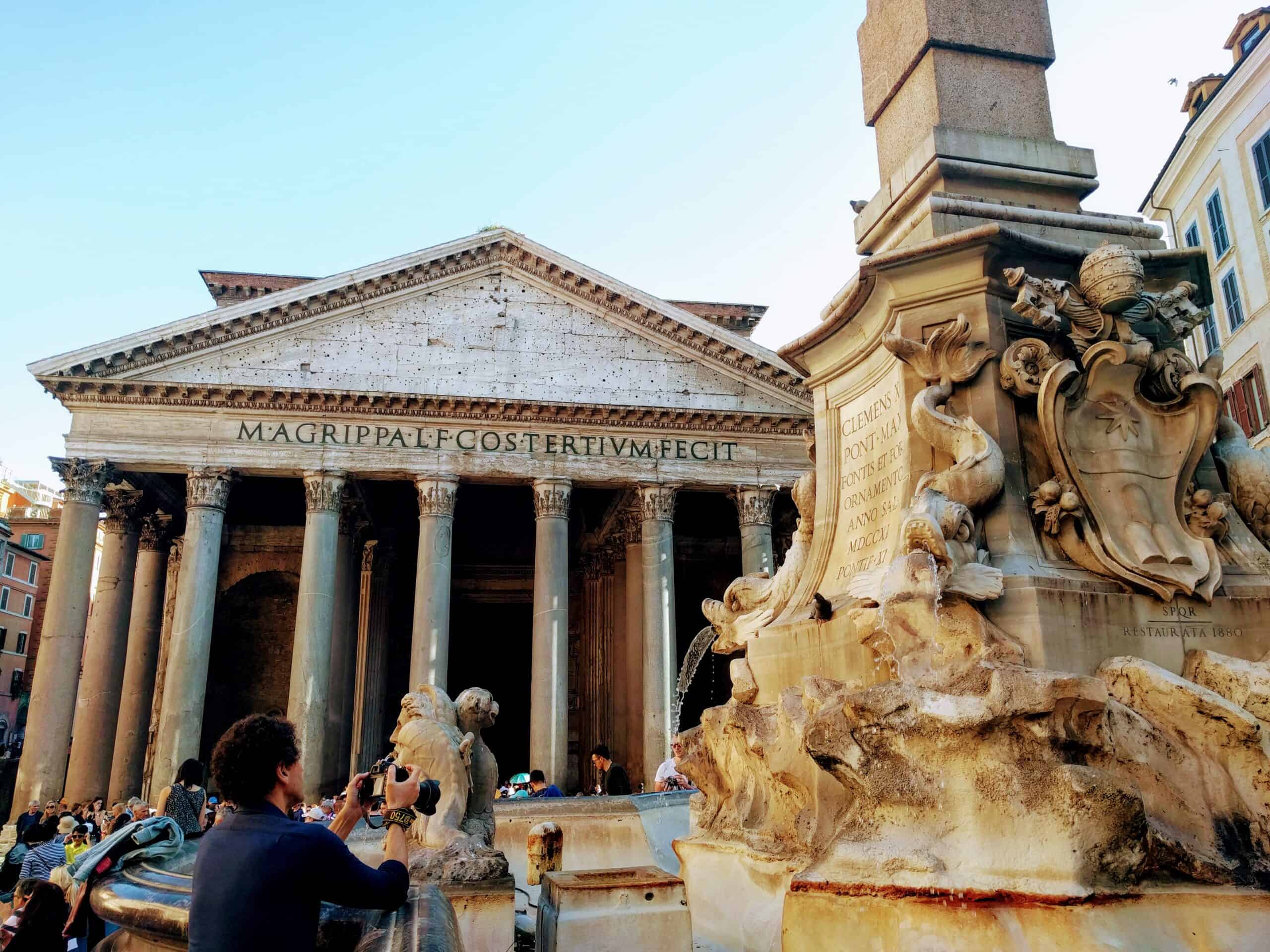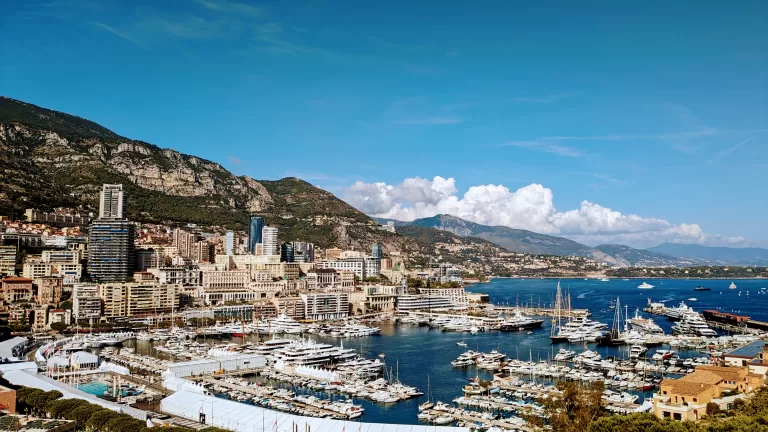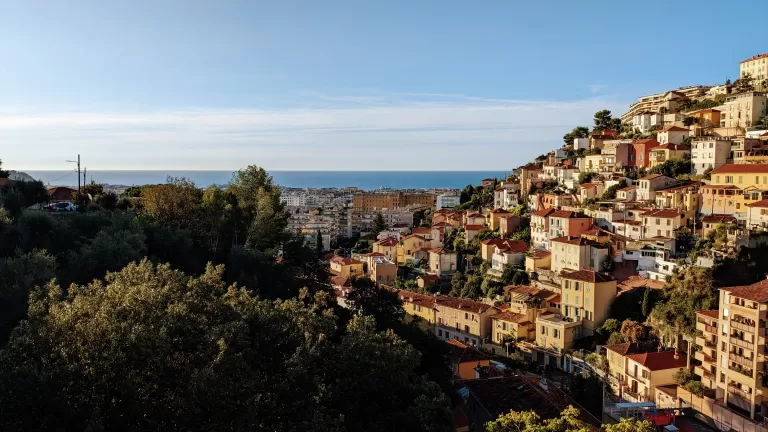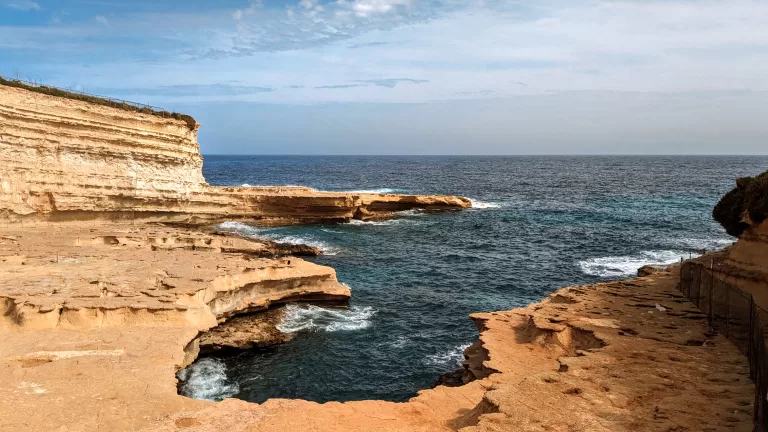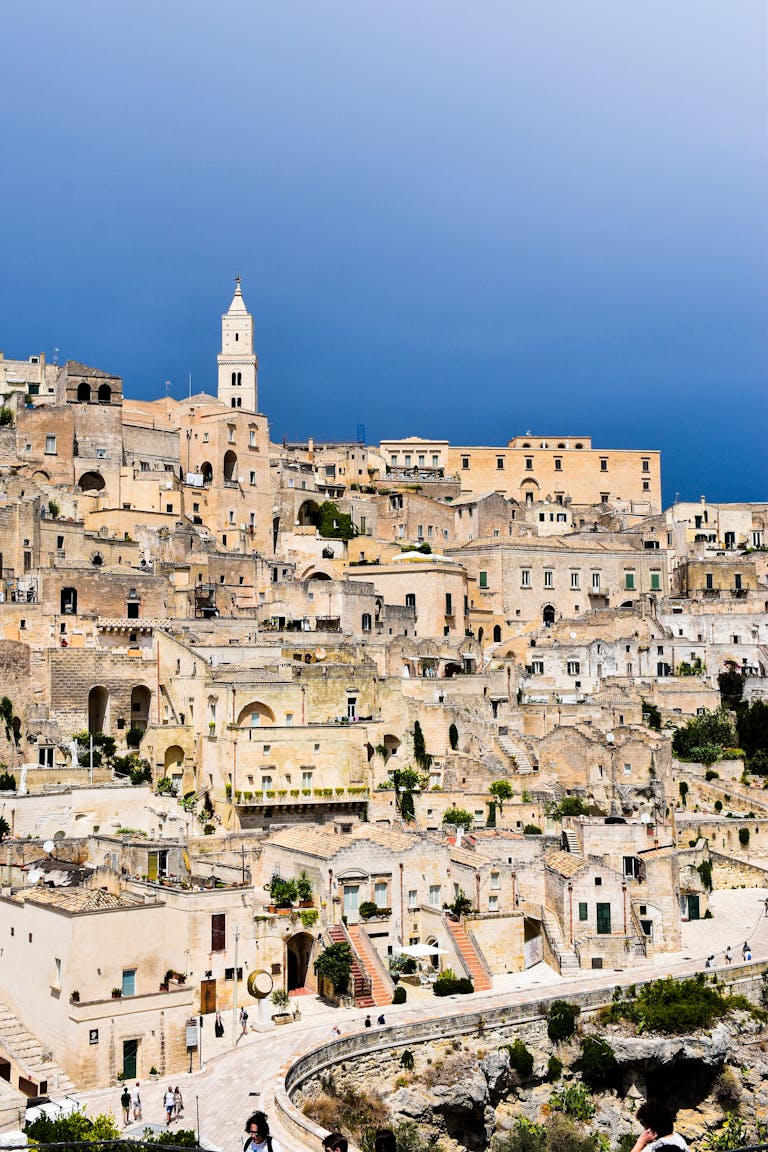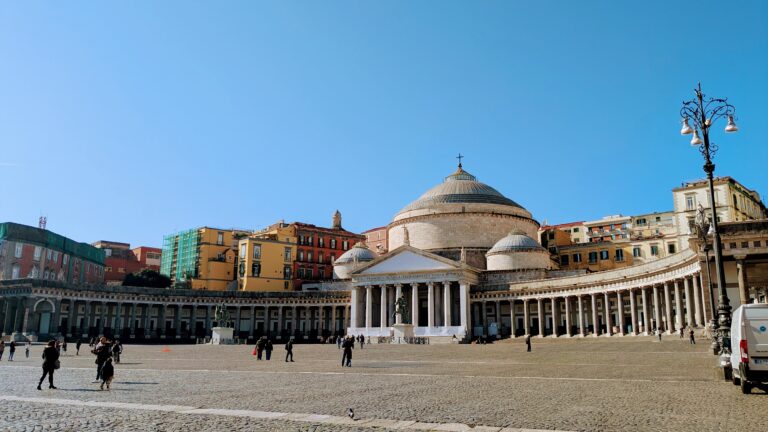When is the best time to visit Italy? Your questions answered (2025 guide)
Planning a trip to Italy involves more than just choosing destinations – timing can significantly affect your experience.
Whether you’re hoping to dodge the intense summer heat, avoid tourist-packed cities, or catch authentic festivals, knowing when to visit can make all the difference.
We’ve curated the most frequently asked questions from fellow travellers on the best time to visit Italy, answering each based on first-hand community insights.
When’s the best time to visit Italy to avoid both heat and crowds?
April–May or September–October are usually the sweet spots if you want to dodge both crowds and heat.
The weather during these months is comfortably mild – not scorching hot like July and August – and tourist numbers are noticeably lower, making your sightseeing way more enjoyable.
Prices for hotels and flights also tend to be more reasonable.
Springtime gives you blooming landscapes, especially beautiful around Tuscany or Lake Como, while autumn has that laid-back vibe with harvest festivals and fantastic local food.
Honestly, shoulder season is Italy at its best: fewer tourists, better weather, and less strain on your wallet.
How intense is Italy’s summer in terms of heat, humidity, and tourist crowds?
Summer, especially July and August, can be brutal – expect scorching heat (regularly 35°C/95°F or hotter in cities like Rome and Florence) and super high humidity, which can be exhausting.
Cities such as Rome, Venice, and Florence experience temperatures regularly exceeding 35°C (95°F), often accompanied by high humidity, making sightseeing exhausting and uncomfortable.
Tourist sites are also packed, meaning long queues and expensive accommodation. August is when many locals leave for vacation, so you’ll find lots of shops and restaurants temporarily closed.
If you really have to visit during summer, stick to the coast or mountains. Amalfi, Sicily, or the Dolomites are way more bearable during this period.
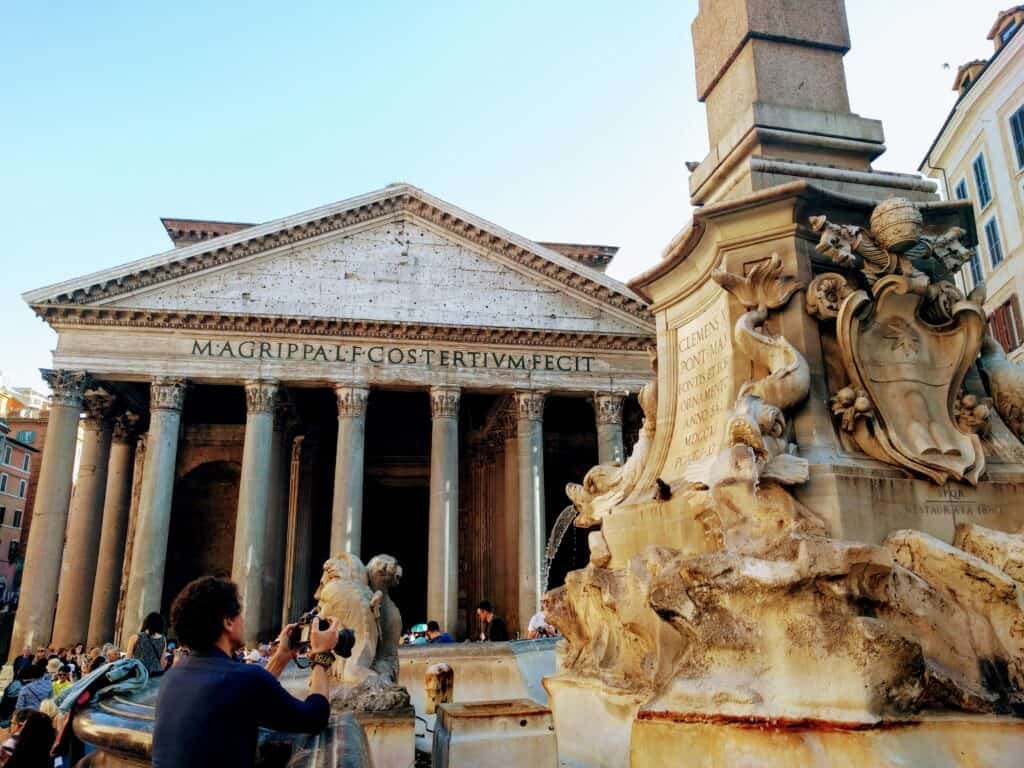
Which is a better travel period: mid-September or early June?
Both months are pretty great, just slightly different vibes.
Early June gives you classic summer weather – warm, mostly sunny days ideal for beaches, lakes, or hikes. It also tends to be drier, perfect if you’re outside the cities.
Mid-September, on the other hand, offers slightly cooler temperatures, fewer crowds (especially compared to summer), and you’ll catch harvest season – with some great food and wine festivals.
Cities like Rome, Venice, or Florence are also more enjoyable post-summer rush.
I’d lean toward mid-September for a more chill experience, but June works well if warmer, sunnier weather matters most.
Should I avoid travelling around Easter or early May holidays in Italy?
Yes, it’s best to skip Easter and Italy’s spring holidays (especially April 25th and May 1st) if you can.
These dates trigger big spikes in local tourism, causing hotels to fill up fast and prices to jump.
Expect crowded attractions and busy transportation hubs as Italians use the holidays to travel domestically.
If you can’t avoid these periods, make sure to book accommodation way ahead of time. Ideally, aim to visit just before or just after these holidays for a calmer experience and better deals.
Is winter travel to Italy better for fewer crowds and better deals?
Absolutely, winter travel – especially January and February – is surprisingly underrated.
Cities like Rome, Florence, and Venice have significantly fewer tourists, so you’ll enjoy major attractions without battling crowds. Hotels and airfare become way more affordable, and you’ll often find great deals on accommodation.
Weather-wise, it can get chilly in the north, but central and southern Italy are pretty mild, usually around 10–15°C (50–59°F).
Just keep in mind that Christmas and New Year’s periods are busier, but if you avoid those specific dates, you’ll have a quieter, budget-friendly, and genuinely relaxed experience.

How will Rome’s 2025 Jubilee Year affect travel plans?
Rome during the Jubilee year (2025) is going to be seriously packed.
Tens of millions of extra visitors, mostly pilgrims, are expected to visit the city. Expect enormous crowds, intense queues, booked-out hotels, and inflated prices at restaurants and accommodation.
Popular sights like the Vatican, Colosseum, and major basilicas will be jam-packed.
So, you might want to postpone your Rome visit until 2026, or at least pick less popular months like late autumn or winter. Alternatively, base yourself outside Rome and visit other regions to avoid the chaos.
For spring travel, is March, April, or May the better choice?
April hits the sweet spot. Weather-wise, it’s comfortably warm and generally sunny, perfect for sightseeing and strolling outdoors.
March can be unpredictable – sometimes chilly, sometimes rainy – while May, though beautiful, starts edging closer to peak tourist season and rising prices.
Just avoid travelling too close to Easter because things get busy around that time.
The first half of April (or after Easter wraps up) gives you mild weather, vibrant greenery, and fewer crowds at popular spots like Rome, Florence, or Venice. It’s probably your best bet overall.
Is late autumn (October–November) a good period to travel in Italy?
Definitely, especially if sightseeing, museums, food, and culture are your priorities.
Late autumn means fewer tourists, lower prices, and cities with a more relaxed atmosphere. October weather remains pleasant, with temperatures ideal for walking around comfortably.
But keep in mind: rainfall picks up, especially from late October into November, and coastal towns or smaller resorts often begin to shut down for winter (don’t do what we did and visit Ischia, the spa island, when all the spas were shut!).
Cities like Rome, Florence, Naples, or Palermo remain lively, though, offering excellent deals on accommodation and more authentic local vibes without big tourist groups around.

Is late September into October suitable for visiting both beaches and cities?
Yes, it’s an ideal time – probably one of the best periods to combine cities and beaches in Italy.
Beach towns on the Amalfi Coast, Sicily, or Sardinia are still warm (20–25°C / 68–77°F), comfortably swimmable, and way less crowded than summer.
Meanwhile, big cities like Rome, Florence, or Milan have cooled down from the summer rush, meaning fewer crowds, better hotel prices, and more comfortable sightseeing weather.
Just note that by mid-to-late October, smaller beach resorts may start to close, so aim for late September or very early October if beaches are high priority.
What’s the best month to visit Italy if I want to enjoy moderate weather and fewer crowds—but still do both culture and outdoor activities?
Mid-May through early June or early October are sweet spots that strike the perfect balance between weather, crowd size, and activities.
During late May to early June, you’ll typically enjoy warm, sunny days – ideal for sightseeing, hiking, and outdoor cultural spots – while school is still in session, reducing domestic travel crowds.
Similarly, early October delivers cooler yet pleasant weather, less tourist traffic, and a chance to catch seasonal events like harvest festivals. This window also avoids the August heat and closures while still offering open restaurants, hotels, and attractions in cities and coastal regions.
Final tips and takeaways on the best time to visit Italy
- April, May, September, and October consistently rank as top months for balanced weather, fewer tourists, and affordability.
- Avoid cities like Rome, Florence, and Venice in July/August to dodge extreme heat and dense crowds.
- Winter travel (Dec–Feb) provides solitude and savings, ideal if you’re flexible with weather.
- Stay clear of major holidays like Easter and early May holidays, especially in Rome or popular regions.
- 2025’s Jubilee in Rome will substantially elevate tourist numbers, so consider alternative timing or destinations.
What next?
Know when you want to go but not where? These posts might help:
⏩ Our guide to budgeting your trip to Italy
⏩ The top 5 places to visit in Italy
⏩ Our 10-day Italy itinerary
⏩ Or, check out all our Italy content
This page contains affiliate links. If you make a purchase through one of these links we make a small commission to help run this site, at no cost to you. Making a commission never affects the advice we give - see our content policy.

